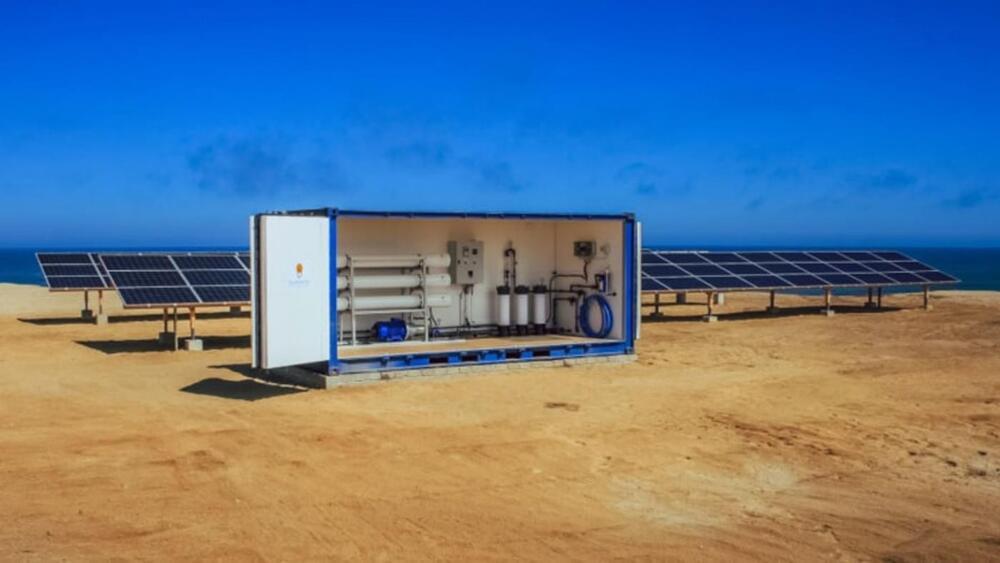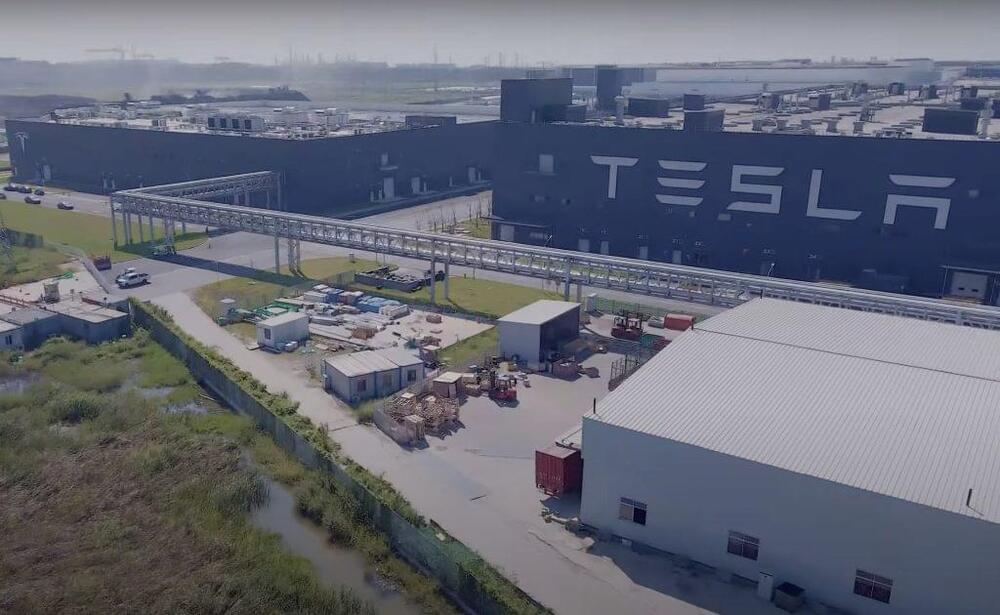As well as high-tech greenhouses, vertical farms, where food is grown indoors in vertically stacked beds without soil or natural light, are growing in popularity. NextOn operates a vertical farm in an abandoned tunnel beneath a mountain in South Korea. US company AeroFarms plans to build a 90,000-square-foot indoor vertical farm in Abu Dhabi, and Berlin-based Infarm has brought modular vertical farms directly to grocery stores, growing fresh produce in Tokyo stores.
AppHarvest says its greenhouse in Morehead, Kentucky, uses robotics and artificial intelligence to grow millions of tons of tomatoes, using 90% less water than in open fields.






